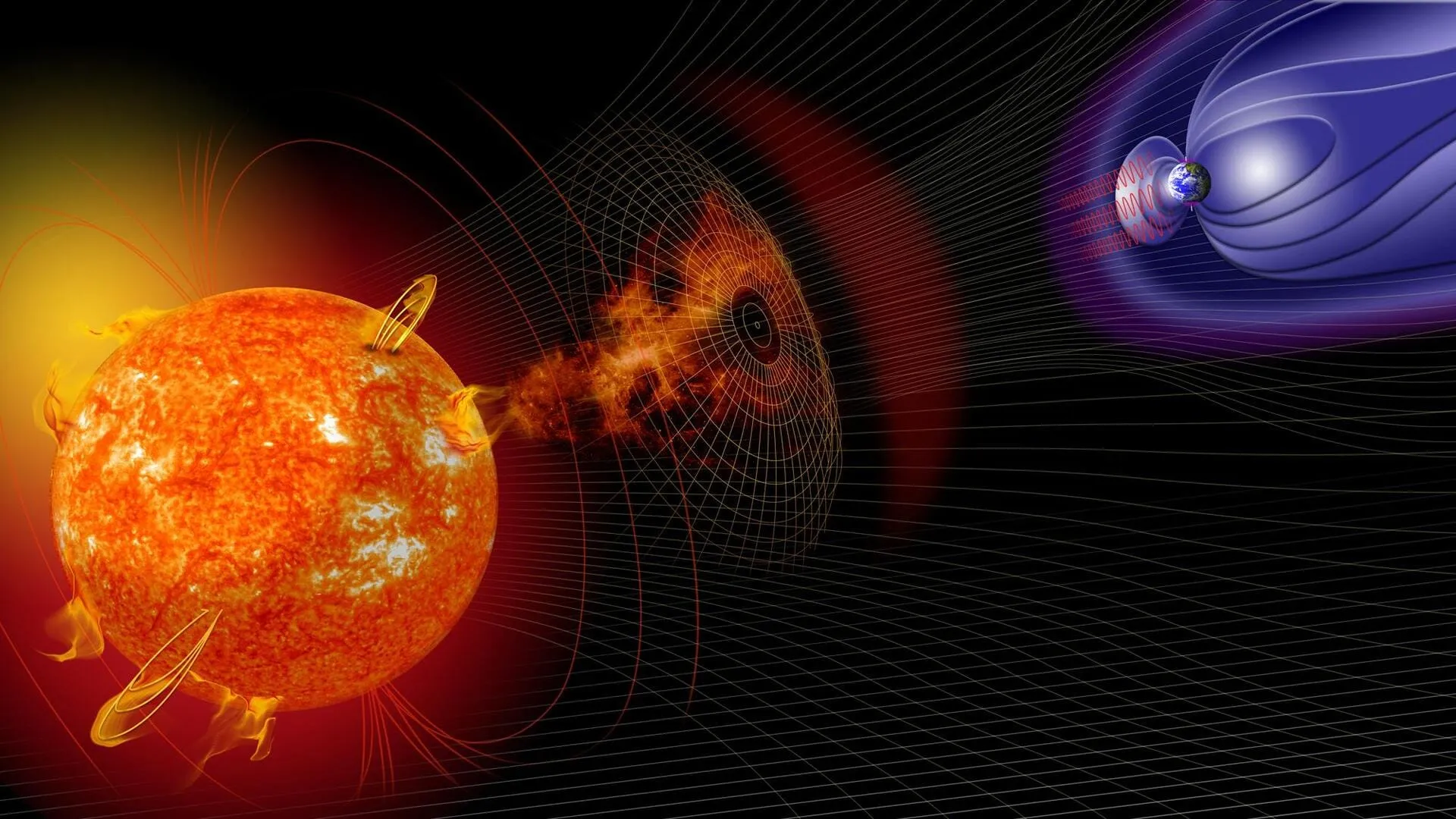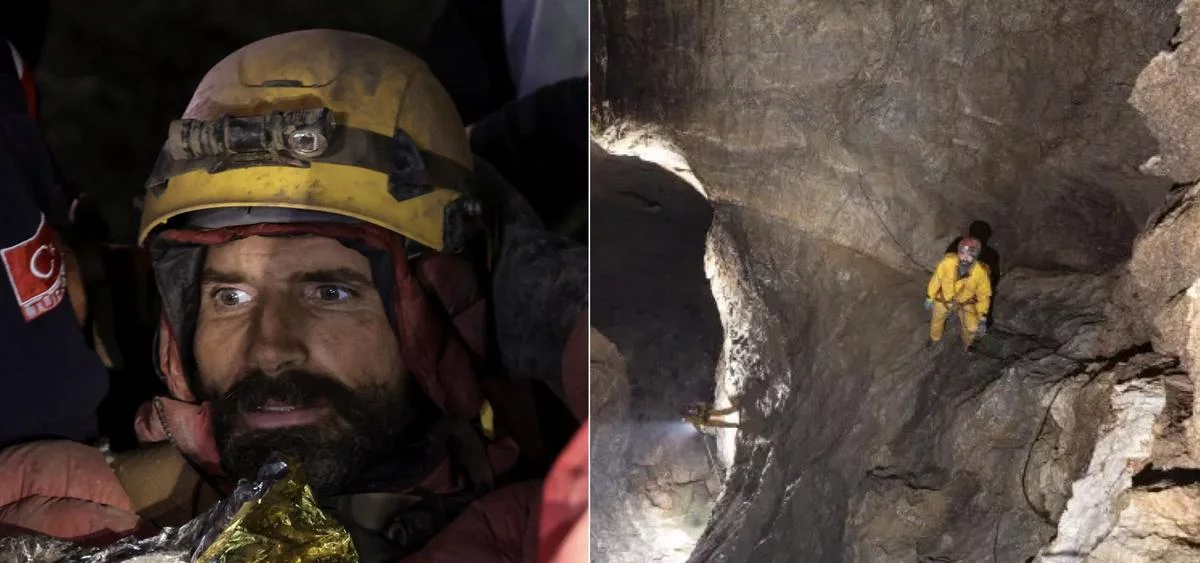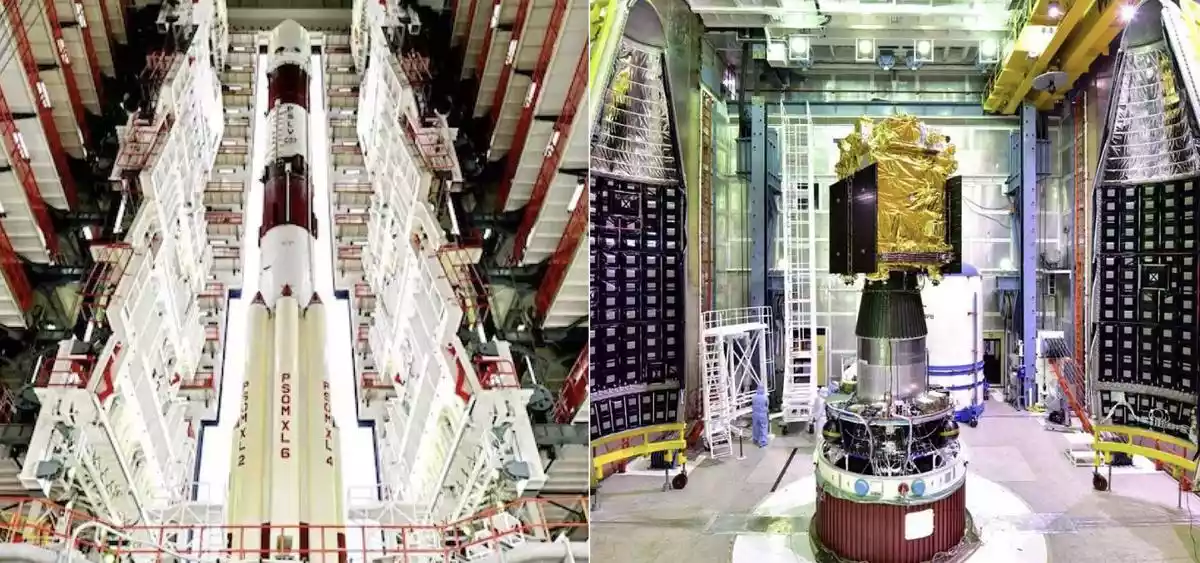This increase in temperature poses significant challenges for satellite operations, as the expanding and warming thermosphere leads to increased aerodynamic drag on spacecraft. In this article, we explore the implications of this temperature spike on Earth-orbiting satellites and the potential risks they face.

Photo Credit: Google
The Earth’s thermosphere, the second-highest layer of the atmosphere, is currently experiencing its highest temperature in nearly 20 years. This spike in temperature is a result of intense solar storms, specifically geomagnetic storms caused by coronal mass ejections and solar wind from the Sun. These storms deposit energy in the thermosphere, causing it to heat up and emit infrared radiation. Typically, the thermosphere cools down after a storm, but the consecutive occurrence of storms has maintained the elevated temperature levels.
NASA has been monitoring the thermosphere’s temperature for over two decades using infrared radiation emitted by carbon dioxide and nitric oxide molecules. They convert the data from their TIMED satellite into the Thermosphere Climate Index (TCI) to measure the temperature changes. On March 10, the TCI reached its peak at 0.24 terawatts (TW), a level not seen since 2003.
The recent temperature increase poses challenges for satellites in low-Earth orbit. The expanding and warming thermosphere leads to increased aerodynamic drag on spacecraft, pulling them closer to Earth. This increased drag can potentially result in collisions or orbital instability. Satellite operators try to mitigate these risks by adjusting the orbit of their satellites when necessary. However, the unpredictable nature of space weather makes it difficult to anticipate these maneuvers in advance.
The next solar maximum, a period of increased solar activity, is expected to occur in 2025, according to scientists. This shows that the thermosphere’s warming trend will continue in the future. However, research over longer durations shows a decrease in thermosphere temperatures due to the presence of extra carbon dioxide generated by climate change. This extra CO2 causes higher infrared emissions into space, which contribute to thermosphere cooling.
Geomagnetic storms, in addition to temperature fluctuations, pose a considerable risk to satellites. High-energy electrons, sometimes known as “killer” electrons, have the potential to inflict radiation damage on satellites. The quantity of these electrons in the outer radiation belt can grow by orders of magnitude during geomagnetic storms, posing a space weather threat.
An international team led by Dr. Nigel Meredith of the British Antarctic Survey (BAS) evaluated 20 years of data from a US GPS satellite to quantify the severity of extreme space weather occurrences in GPS orbit. They calculated the one-in-ten, one-in-fifty, and one-in-one hundred-year occurrence levels, which serve as baselines for measuring the possible effect of extreme space weather events. These discoveries are critical for the satellite industry because they will assist engineers and operators in preparing for the effects of these catastrophes and improving the resilience of future spacecraft.
The effects of severe space weather on satellites might range from brief outages to an entire loss of capability. As part of important national infrastructure, the space industry must analyze satellite resistance to extreme space weather occurrences. In 2011, severe space weather was added to the UK National Risk Register of Civil Emergencies, emphasizing its relevance.
As the Earth continues to experience temperature spikes and increased solar activity, it becomes essential to address the risks posed to Earth-orbiting satellites. The satellite industry, manufacturers, insurers, and governments need to work together to mitigate these risks and ensure the resilience of our satellite systems. Understanding the patterns of activity of high-energy electrons and preparing for extreme space weather events are key steps towards safeguarding our vital satellite infrastructure.
Stay connected with Today On Globe for the latest Global Issues and News Updates.
Explore more related articles at [TOG News / TOG Article]













